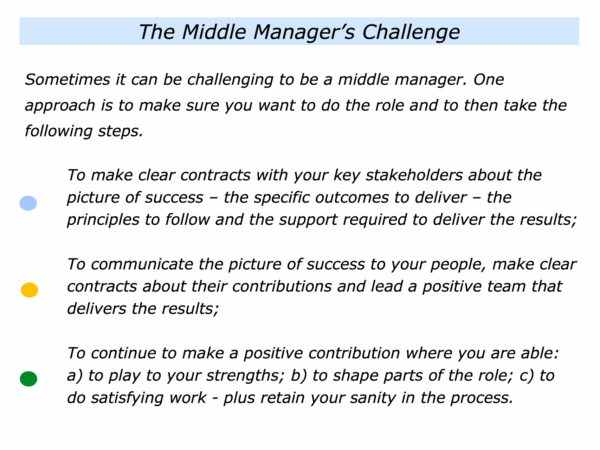
There are many ways to do fine work. One approach is to be a middle manager. Such a role can be rewarding but it can also come with certain challenges.
The first step is to make sure you want to take the role. This calls for recognising there may be both pluses and minuses to such a position. These include the following.
The pluses are that it can be rewarding if: a) you have support from your manager; b) you can shape the role and build a positive team; b) you can to play to your strengths, do satisfying work and retain your sanity.
There may also be potential minuses. The role can be challenging if: a) you have a difficult boss; b) you do not have enough autonomy; c) you are not playing to your strengths and you find the work unsatisfying.
There are several steps that you can take to improve the chances of delivering success in such a role. One approach is to focus on the following themes.
You can make clear contracts with the stakeholders
about the picture of success – the outcomes to deliver –
the principles to follow and the required support
Clear contracting is crucial in many areas of life. This is particularly so when working as a middle manager. Before taking a role it will be important to do the following things.
To clarify the picture of success – such as the specific outcomes – that the key stakeholders will want you to deliver in the middle manager’s role;
To clarify the specific principles – such as the overall Dos and Don’ts – that the organisation may want you to follow to achieve the outcomes;
To clarify the specific kinds of practical support you would need to deliver the desired outcomes.
Imagine that you are reasonably clear on these things. It will then be important to meet with the key stakeholders to explore these themes. If appropriate, you may say something along the following lines.
As far as I understand, the picture of success – the specific outcomes – you want somebody in this role to deliver are:
To …
To …
To …
Is that right? Are there any other outcomes you want somebody in this role to deliver?
Imagine that you have clarified the specific outcomes to achieve. If appropriate, you may want to clarify the principles – such as the Dos and Don’ts – the organisation would like you to follow to achieve the goals.
This step may seem unnecessary but it can be important. Some people take roles assuming they know the guidelines to follow but then get a rude awakening when others intervene or criticise their approach.
Imagine that you have clarified the overall Dos and Don’ts to follow. The next step will be to clarify the kinds of support that is required to do the job.
Looking ahead, you may need certain kinds of practical support, such as specific resources. Whilst you are prepared to be accountable, you may also need the authority and autonomy required to deliver the goods.
Organisations sometimes claim that their people always want more resources. It will therefore be important to reassure the key stakeholders before making the case for any kinds of support.
How to take this step? One approach is to start by focusing on the desired outcomes and say something along the following lines when finalising the contract your key stakeholders.
The picture of success – the agreed
outcomes – I will aim to deliver will be:
To …
To …
To …
The principles – the Dos – I will aim to follow
on the way to delivering these outcomes will be:
To …
To …
To …
The specific things I will do to proactively keep you informed
about the progress being made to delivering the outcomes will be:
To …
To …
To …
The specific quick successes
that I will aim to deliver will be:
To …
To …
To …
The specific kinds of practical support that would increase
the chances of delivering the agreed outcomes would be:
To …
To …
To …
Let me know if you would like to add anything. Plus also your thoughts on the kinds of support that may be available to help to deliver the goods.
Let’s assume that you have made clear contracts with the key stakeholders. It may then be time to move into action and focus on the following themes.
You can communicate the picture of success to your people,
make clear contracts about their contributions
and lead a positive team that delivers the results
Imagine that you lead a team. The next step will be to meet with your people and explain the goals the team is being asked to deliver. Different leaders do this in different ways.
Some leaders begin by having one-to-one sessions with their key people to explain the background and the aims to achieve. Some then go on to gather all their people together to communicate the picture of success.
Imagine that you have moved on to this latter stage. One approach is to say something along the following lines to your people.
The Picture Of Success
Welcome to today’s session. I will start by describing the positive results – the picture of success – we are being asked to deliver in the next year. I am then happy to give you chance to add your ideas. Here we go.
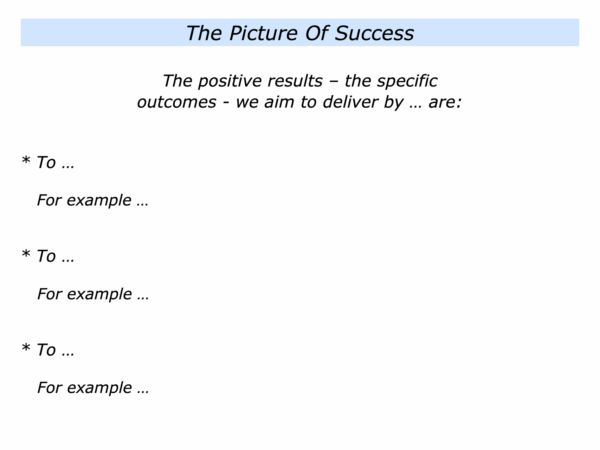
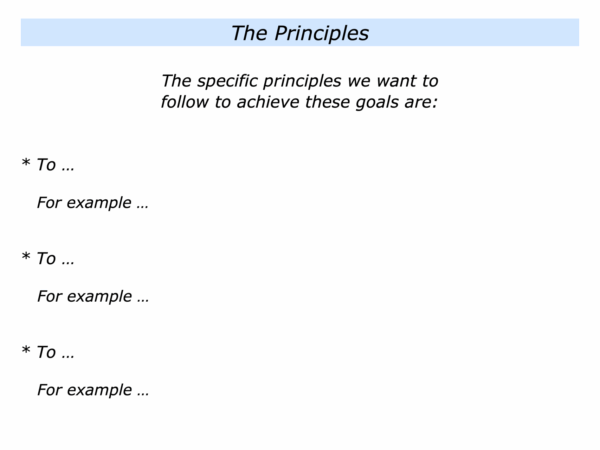
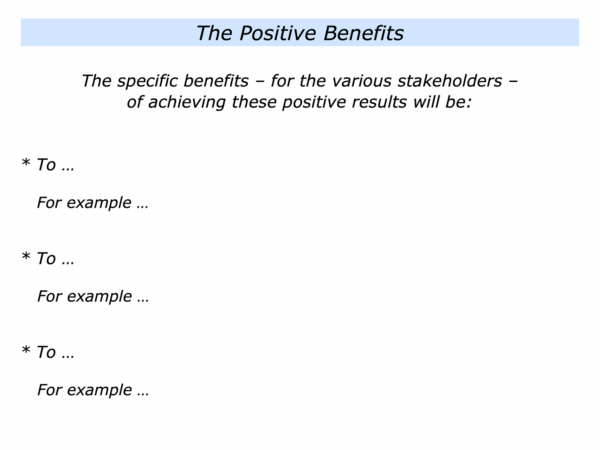
Imagine that you have communicated these things to the people in your team. If appropriate, you can then do the following exercises that can help people to channel their energy in a positive way. You can invite people to focus on the following themes.
Like About It – The specific things they like about the picture of success.
Additions – The specific things they may like to add.
Concerns and Questions – The specific concerns and questions they may have.
Success Rating – The rating they would give, on a scale 0-10, regarding the team’s chances of achieving the goals. Plus the specific things that can be done to improve the rating.
Invite people to form groups, do these exercises and then present back their findings.
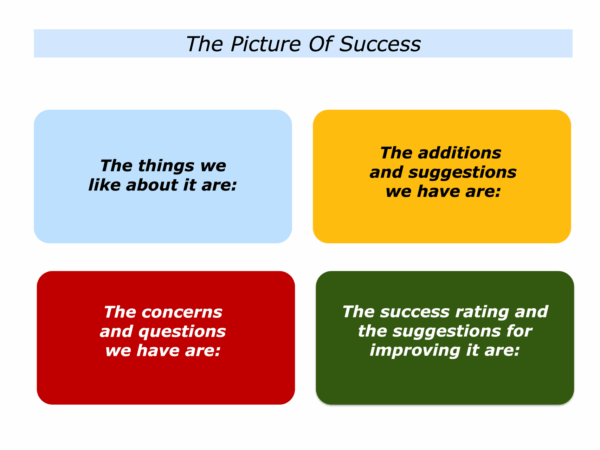
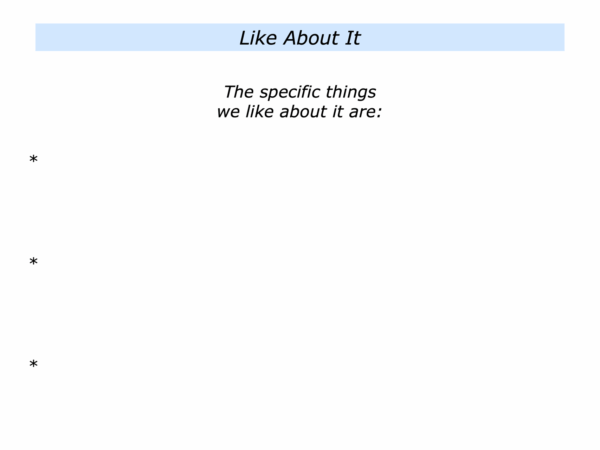
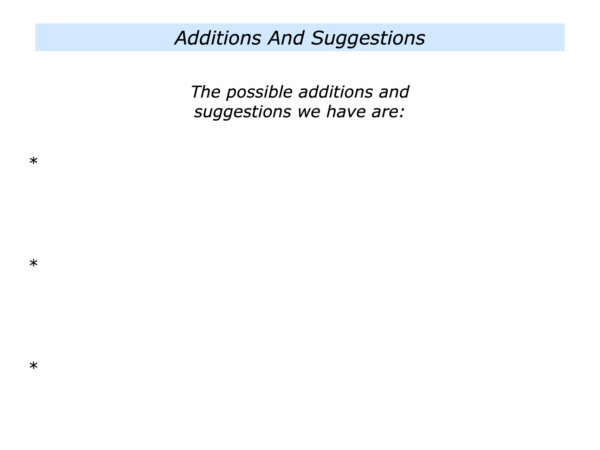
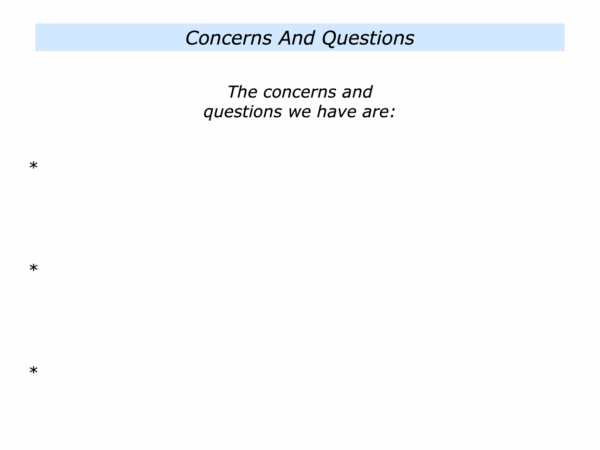
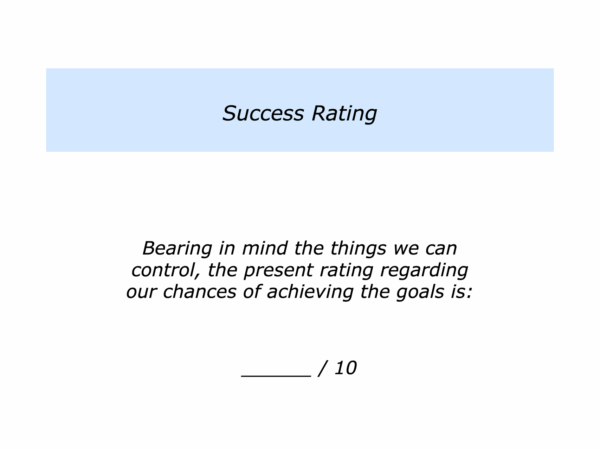
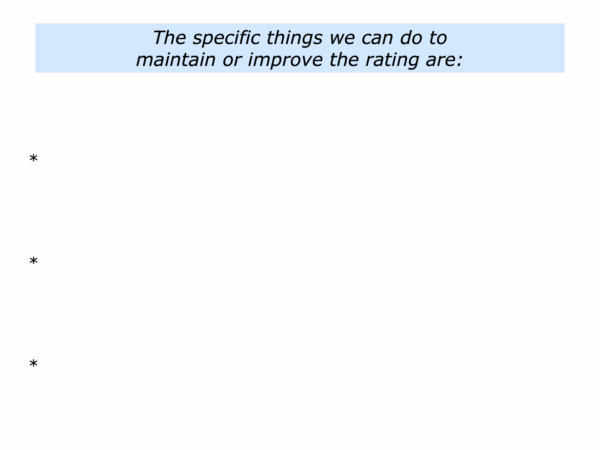
Imagine that you have given people the chance to do these exercises and present their ideas. When appropriate, you can then add some of these to the action plan for achieving the picture of success.
The next step will be to invite people to take time to reflect and decide whether they want to contribute towards achieving the goals. This sounds risky. But you want people who choose to opt in to helping the team.
Different leaders choose different way to take this step. One approach is to say something along the following lines.
Making A Positive Contribution
I would like you to now take some time to reflect and decide if you want to contribute to achieving the goals.
If so, we can then make clear contracts about how you can use your strengths to make a positive contribution.
If there are reasons why you would prefer not to contribute then we can try to find, as for as possible, positive solutions.
Superb teams have people who aim to be positive, professional and make their best contribution to achieving the picture of success. You can aim to build and lead a team of people who have such an approach.
Imagine that you have given people time to reflect. You can then meet with each person to clarify how they can use their strengths to help the team achieve the picture of success.
There may, of course, be people who do not want to contribute or want to argue about the way forwards. If appropriate, you can be professional and, as far as possible, help them to move on in a positive way.
Let’s assume you have many people who want to contribute. You can meet with each of these and conclude the session with them doing the following exercise.
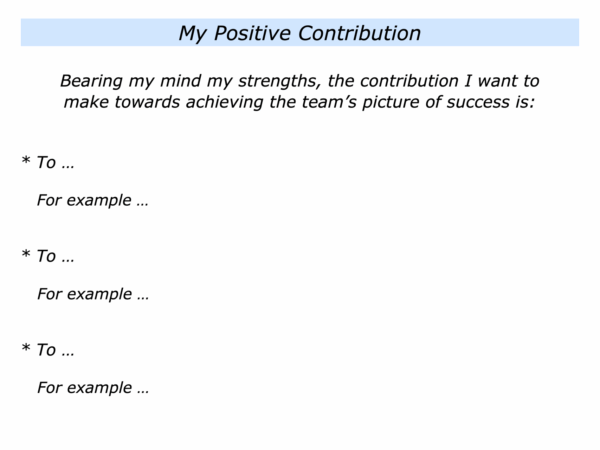
Imagine that you have made clear contracts with each person about their best contribution. You can then aim to encourage people to do superb work and do their best to achieve the goals.
Different leaders do this in different ways. One approach is to take the following steps. You can aim:
To keep reminding people of the picture of success and the benefits of achieving the goals;
To keep managing by outcomes – rather than by tasks – and continue to give people the support they need to perform superb work;
To keep focusing on the progress people are making – including producing success stories – and enable people to do their best to achieve the picture of success.
Let’s assume you are doing many of these things. If appropriate, you may then want to explore the following themes.
You can continue to make a positive contribution,
play to your strengths, shape parts of the role, do
satisfying work plus retain your sanity in the process
The middle manager’s role can be challenging. Bearing this in mind, it can sometimes be useful to focus on your own wellbeing when making a positive contribution. Different people do this in different ways. One approach is to explore the following themes.
You can continue to
play to your strengths
Good leaders continue to play to their strengths. They also aim to have people around them who can complement these strengths and cover any areas of weakness.
What are your strengths? You may be good at providing a vision, working with customers, managing the key stakeholders or doing another activity. Bearing these in mind, try exploring the following themes regarding your present role.
On a scale 0-10, rate the extent to which you are able to play to your strengths. What can you do to maintain or improve the rating? This could include hiring people who can cover certain activities.
You can continue to
shape parts of the role
Good leaders feel they are able to shape parts of their role. They recognise, however, that this sometimes needs to be done within certain parameters.
On a scale 0-10, rate the extent to which you feel able to shape parts of the role. What can you do to maintain or improve the rating? Make sure the final potential rating is at least 7+/10.
You can continue to
do satisfying work
Good leaders are prepared to do the solid work that is necessary to deliver the goods. They want to go beyond that, however, and also do work that is satisfying.
On a scale 0-10, rate the extent to which you feel able to do satisfying work. What can you do to maintain or improve the rating? Make sure the final potential rating is at least 7+/10.
You can also continue
to retain your sanity
Good leaders aim to take care of their wellbeing. This is especially so if they are in a middle manager’s role that can be challenging. It is vital to
stay sane – especially if there are crazy things going on around you.
On a scale 0-10, rate the extent to which you feel able to retain your sanity. What can you do to maintain or improve the rating? Make sure the final potential rating is at least 7+/10.
What to do if the rating is less? Whilst there may be pluses to the job, there may also be costly minuses. This means that, at some point, you may need to make a decision and explore other options.
Let’s return to your own work. Looking ahead, can you think of a situation where you may want to follow some elements of the middle manager’s role? How can you follow this approach in your own way?
If you wish, try tackling the exercise on this theme. This invites you to complete the following sentences.
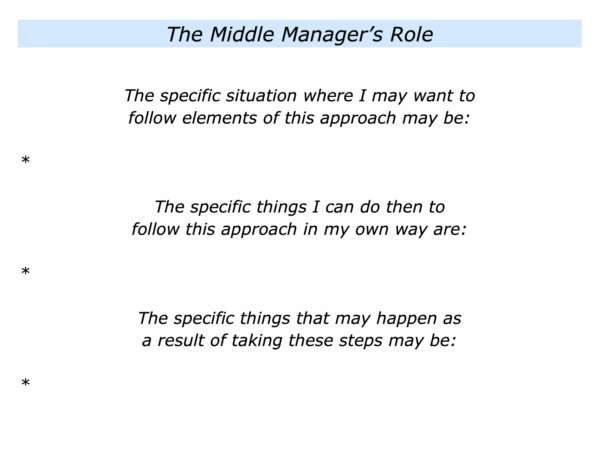


Leave a Reply